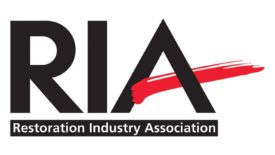Home » Keywords » insurance adjusters
Items Tagged with 'insurance adjusters'
ARTICLES
‘We Don’t Pay for That.’ Why DON’T You Pay for That?
Read More
Cross-Examination: Uncle Ed Pleads With You for Better Documentation
Break the Vicious Circle With Insurance Adjusters
Read More
Insights From the Other Side: Advice From a Contractor-Turned-Adjuster
Ask the Expert
November 4, 2021
Get our new eMagazine delivered to your inbox every month.
Stay in the know on the latest disaster restoration and remediation trends.
SUBSCRIBE TODAY!Copyright ©2022. All Rights Reserved BNP Media.
Design, CMS, Hosting & Web Development :: ePublishing












